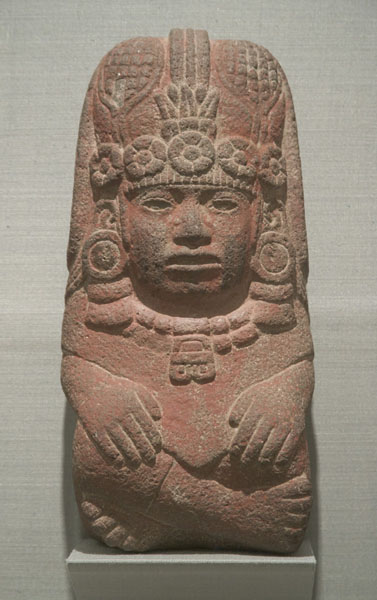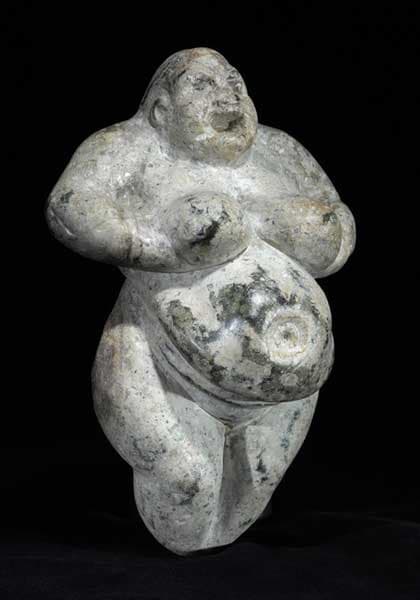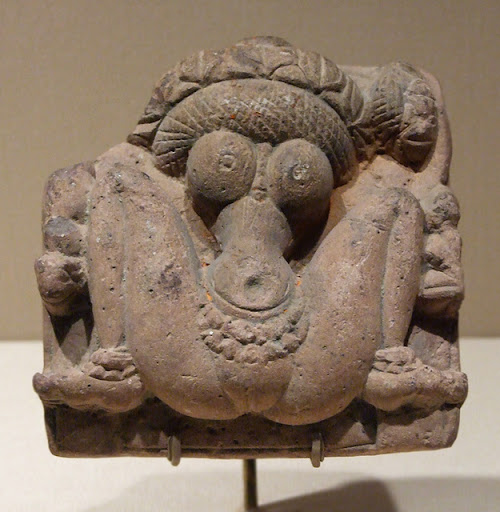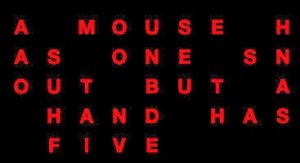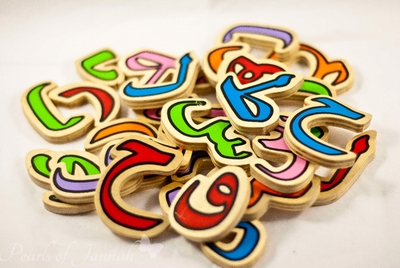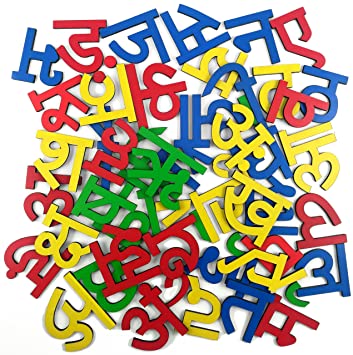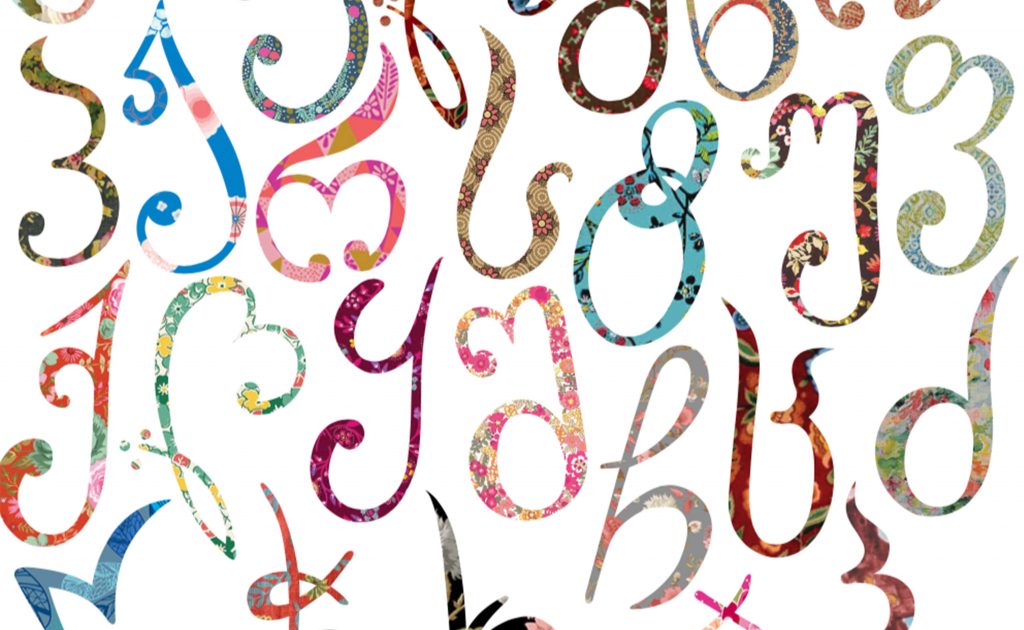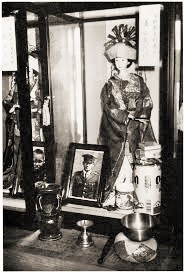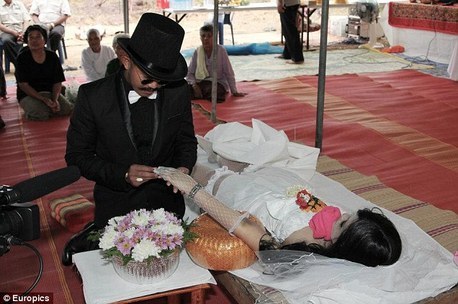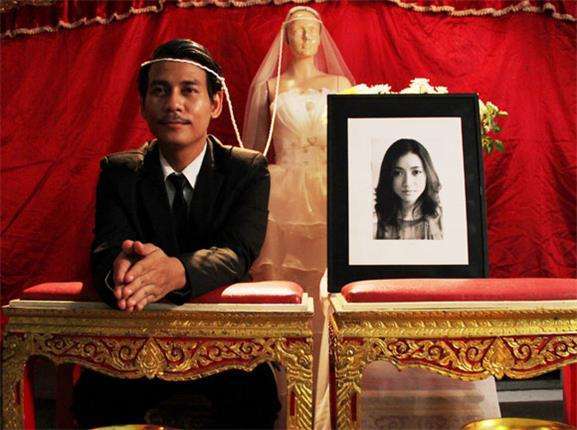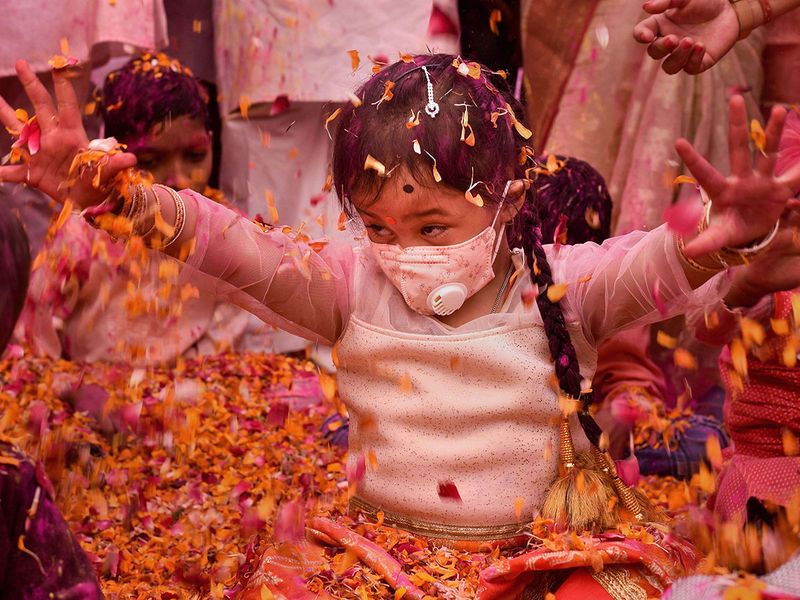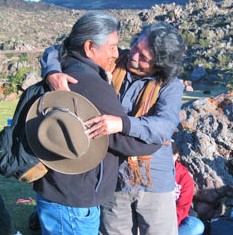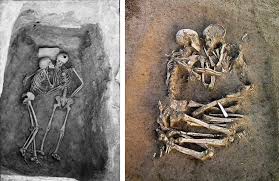

In modern slang, phat is roughly equivalent to excellent. Fat is a loose label that can refer to normal, overweight, obese, or extremely obese—or body parts that the speaker considers overly large. Fat or phat depends on where and when—and whether TV is available.
According to The Body Project at Bradley University, “Although thin bodies are the ideal in America today, this is not always the case in other parts of the world. In some countries larger bodies are actually preferred because they are symbols of wealth, power, and fertility.” Here are their highlights.
Tahiti

- In Tahiti, researchers in the 19th century observed chosen men and women engaging in a ritual process called ha’apori, or “fattening.”
- Those selected to participate were usually young men and women from the upper echelons of society.
- During the fattening process, they would reside in a special home where relatives fed and cared for them so they would grow large, healthy, and attractive.
- This ritual is no longer practiced today, but Tahitians still find large bodies attractive. This may be due in part to a diet rich in carbohydrates and coconut milk.
Nauru

- In Nauru, large bodies were traditionally associated with beauty and fertility.
- Young women were fattened up in preparation for child bearing.
- Young men were fattened in preparation for contests of strength.
- Fattening rituals had both social and biological benefits.
- Feasting brought the community together and helped unite them.
- The additional calories given to women of childbearing age increased the likelihood of conception and healthy birth and lactation.
- Such fattening rituals ended in the 1920s.
Fiji

- In Fiji, larger bodies are symbols of health and connectedness to the community. People who lose a lot of weight or are very thin are regarded with suspicion or pity.
- In a 1998 study in Fiji, 54% of obese female respondents said they wanted to maintain their present weight, while 17% of obese women said they hoped to gain weight.
- Among overweight (although not obese) women, 72% said they did not wish to change their weight, while 8% of these women hoped to gain weight.
- Both overweight and obese women expressed a high level of body satisfaction.
Jamaica

- A 1993 study in Jamaica found that plump bodies are considered healthiest and most attractive among rural Jamaicans.
- Fat is associated with fertility, kindness, happiness, vitality, and social harmony.
- Some Jamaican girls even buy pills designed to increase their appetite and help them gain weight.
- Particular emphasis is placed on generous hips and hindquarters.
- Weight loss and thinness are considered signs of social neglect.

The body project reports: “In recent times, even many societies that once favored larger bodies seem to be moving toward thinner bodies as the ideal. Why? One factor is that with globalization and the spread of Western media, people around the world are receiving the same message that we do in America: that thin bodies are the most attractive.”
- In a landmark 2002 study, researchers reported the effects of the Western mass media on body ideals in Fiji.
- When researchers visited one region of Fiji in 1995, they found that broadcast television was not available. In that region, there was only one reported case of anorexia nervosa.
- Just three years after the introduction of television, 69% of girls reported dieting to lose weight.
- Those whose families owned televisions were three times more likely to have attitudes associated with eating disorders.
Other Countries Where Big is Beautiful


American Samoa
Anthropologists believe Samoans may have developed a genetic predisposition to store extra calories in fat tissue as a result of millennia of food shortages. Heavy women (and men) are simply the norm and therefore embraced.

South Africa
The end of Apartheid did not mean South Africans adopted European size ideals to replace the correlation of weight and wealth. More recently, AIDS has become so prevalent that the societal association between weight loss and illness has contributed to South Africa’s negative view of thinness.
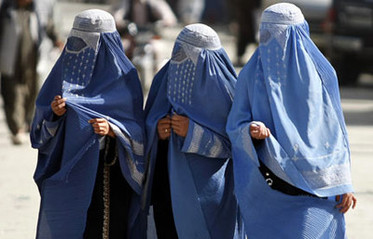
Afghanistan
Female fertility is highly associated with excess pounds, particularly among the most traditional nomadic tribes in Afghanistan. Today, burquas conceal most of the body’s shape, but round faces and soft hands are immediate signs of attractiveness.
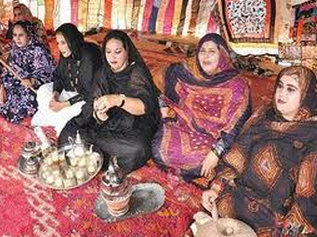
Mauritania
Female obesity is so synonymous with beauty and wealth that young girls are sometimes force-fed if they do not exhibit sufficient appetites. Women often take antihistamines and animal steroids to induce appetite. Exercise is frowned upon, and women are frequently divorced for their inability to sustain excessive girth after childbirth.
Changing Body Ideals
As The Body Project so clearly documented, body ideals are fluid. The changes over time are apparent, most obviously since 1900.
From the Stone Age to the Renaissance, fat was beautiful, thought to reflect both health and wealth. Consider the early Fertility Goddesses (such as Venus, Ishtar, Brigid, Parvati, Hathor, Ashanti Akuba,) as an ideal:
- Prior to 1900, in China, the stigma of thinness was so strong that thin people had trouble finding marriage partners. Special bulking diets were consumed to make sure those of marriageable age would be attractive.

- Elite pubescent Efik girls (in Nigeria) spent two years in fattening huts, which were exactly what the name implies.
- The Tarahumara of Northern Mexico idealized fat legs. Both women and men were considered more attractive or prosperous if obese.

Plus-sized beauty ideals are everywhere in old art. For example, “The Bathers” by Renoir (1887) is typical. Rubens, Titian, Memling, Botticelli, Michelangelo, and their fellow artists were all appreciative of the breadth of their subjects’ forms.

At the turn of the 20th century, Lillian Russell, weighing approximately 200 pounds, was a sex symbol. Women carrying extra weight were considered beautiful and fertile. Overweight men were perceived as powerful. There was even a club just for men who weighed over 200 pounds.
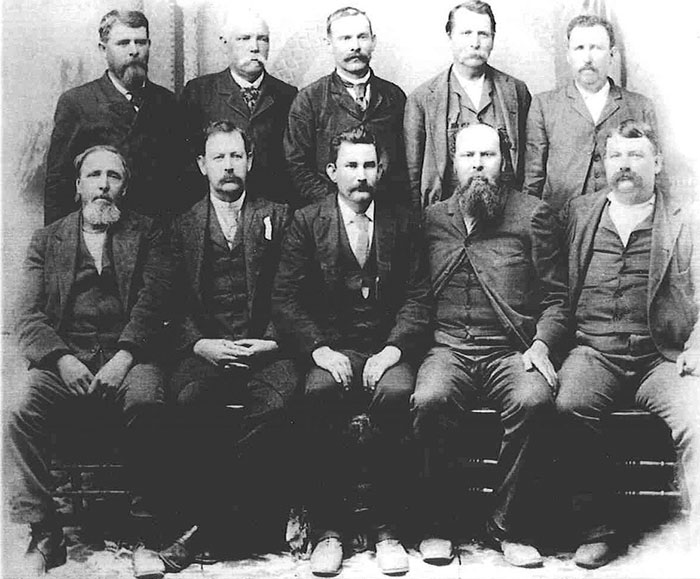
Although during the Roaring Twenties in the U.S. the ideal body for women was “boyish” (flat chest and narrow hips), by the 1950s the ideal female body was significantly heavier than today. (Think Marilyn Monroe.)


Degrees of “acceptable” weight vary among cultures, regions, even ethnic groups. A number of studies report that African-American women were less likely than white women to obsess over their weight or to view their body as an enemy. Black women, as well as Hispanic women, didn’t start to express dissatisfaction until they were borderline obese. White women expressed dissatisfaction when they were at the high end of normal/borderline overweight.
From the 1960s to 2020, the ideal body has been some degree of thinness, even as there is a wave of obesity around the world.
Obesity and Physical Health

I won’t dwell on physical health because it’s common knowledge. Obesity is bad for one’s health, increasing the likelihood of diabetes, high blood pressure, heart disease, stroke, cancer, osteoarthritis, infertility, fibroids, gastro-intestinal problems, and sleep disturbances. Recent studies have indicated that overweight patients who become infected with COVID-19 are more likely to develop life-threatening complications.
Stereotypes of Fat People
Numerous surveys have demonstrated that the American public is biased against people who are overweight and obese.

Negative attitudes toward fat people are dominant, pervasive, and difficult to change in both children and adults.
According to the AMA Journal of Ethics, physicians hold numerous biases. “A survey involving a nationally representative sample of primary care physicians revealed that, not only did more than half of respondents think that patients who are obese were awkward and unattractive, but more than 50 percent believed that they would be noncompliant with treatment. One-third thought of them as “weak-willed” and “lazy.”
Another study found that as patients’ weight increased, physicians reported having less patience, less faith in patients’ ability to comply with treatment, and less desire to help them. Other studies have added to the evidence that bias against patients who are obese is common in health care settings.”
These findings are particularly scary in light of the relationship between obesity and health problems summarized above—and in light of the fact that the majority of Americans are overweight or obese.
Fat people are thought to have no willpower, no self-control. Although expected to be good humored and laid back, they are also thought to be gluttons.

Anyone can identify prejudices held by people in general, and the media—particularly TV—exacerbate the problem. Greenberg et al. reported on their findings of television actors’ BMI after analyzing 5 episodes of the top 10 prime time shows.
- In comparing television actors’ BMI to that of the American public, they found that only 25 percent of men on television were overweight or obese, compared to almost 60 percent of American men.
- Almost 90 percent of women on TV were at or below normal weight, compared to less than 50 percent of American women.

Popular television shows that include people who are obese portray them as comedic, lonely, or freaks (think Mike and Molly). Rarely if ever are they romantic leads, successful lawyers or doctors, or action stars.
In addition, The Biggest Loser promotes the perception that obesity is caused by individual failure rather than a mixture of individual, environment, and genetic sources.
- Miscellaneous negative attributions
- Rejected
- Lazy
- Slow
- Sick
- Low self-confidence

- Indeterminate attributions
- Hungry
- Quiet
- Shy
- Although the negative attitudes are predominant, some positive traits are attributed to fat people
- Happy
- Sweet
- Playful
- Intelligent
- Honest
- Likely to fulfill promises
- Kind
- Generous
Fat and Employment

- Negative attributions (see above) make employment particularly difficult for people who have some extra pounds.
- Fat people have a harder time finding employment
- Even when employed, fat people earn less than their thinner counterparts for the same job
- They are less likely to be promoted
- They get smaller raises
- They’re more likely to be thought to be slacking off
Fat and Mental Health

Karizza Photographer
- In a nutshell, the more overweight a person is, the more likely that person is to have mental health problems.
- Partly it’s because people incorporate the negative stereotypes held by society.
- This, in turn, can cause-isolation-poor body image
- Low self-esteem
- Depression
- Anxiety
- Bulimia or anorexia

Women in general react more strongly than men to negative comments and the lack of positive comments. Overweight women are much more likely to be hurt by criticism of their bodies than overweight men are.
Bottom line for writers: Whatever the body type of characters, make a conscious decision on whether to draw on stereotypes or go against them.

